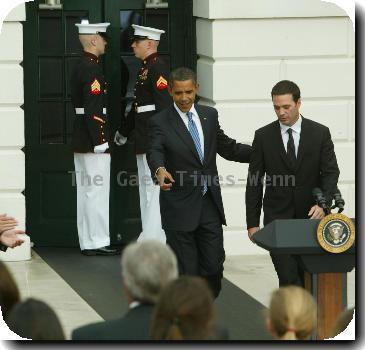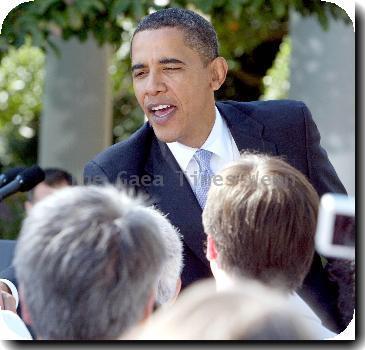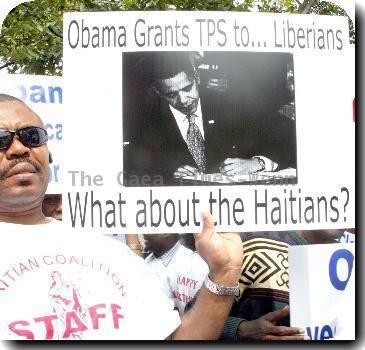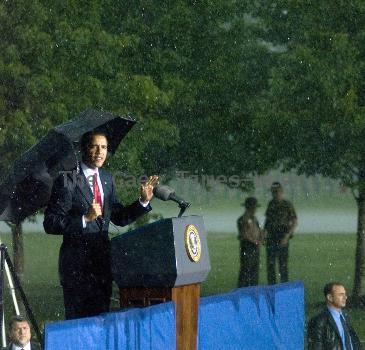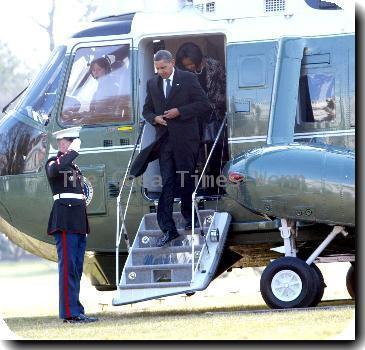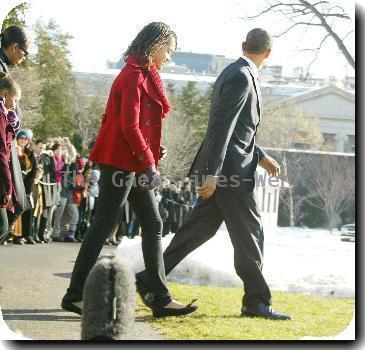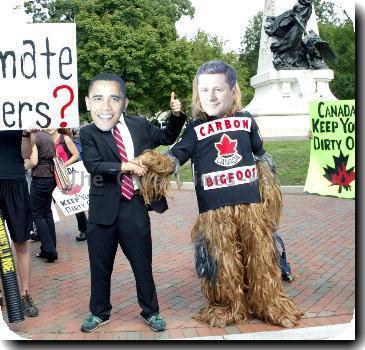BP cuts pipe with giant shears, plans to lower cap over Gulf oil gusher
By Greg Bluestein, APThursday, June 3, 2010
BP cuts pipe, plans to lower cap over Gulf spill
METAIRIE, La. — BP sliced off a pipe with giant shears Thursday in the latest bid to curtail the worst oil spill in U.S. history, but the cut was jagged and placing a cap over the gusher will now be more challenging.
BP turned to the shears after a diamond-tipped saw became stuck in the pipe halfway through the job, yet another frustrating delay in the six-week-old Gulf of Mexico spill.
The cap will be lowered and sealed over the leak, said Coast Guard Adm. Thad Allen, the government’s point man for the disaster. It won’t be known how much oil BP can siphon to a tanker on the surface until the cap is fitted, but the irregular cut means it won’t fit as snugly as officials hoped.
“We’ll have to see when we get the containment cap on it just how effective it is,” Allen said. “It will be a test and adapt phase as we move ahead, but it’s a significant step forward.”
Even if it works, BP engineers expect oil to continue leaking into the ocean.
The next chance to stop the flow won’t come until two relief wells meant to plug the reservoir for good are finished in August.
BP Chief Executive Tony Hayward promised the company would clean up every drop of oil, and “restore the shoreline to its original state.”
“We will be here for a very long time. We realize this is just the beginning,” Hayward said Thursday.
This latest attempt to control the spill, the so-called cut-and-cap method, is considered risky because slicing away a section of the 20-inch-wide riser removed a kink in the pipe, and could temporarily increase the flow of oil by as much as 20 percent.
Hayward conceded the attempt was risky, but said the risk was reduced when the pipe was cut away.
Live video footage showed oil spewing uninterrupted out of the top of the blowout preventer, but Allen said it was unclear whether the flow had increased.
“I don’t think we’ll know until the containment cap is seated on there,” he said. “We’ll have to wait and see.”
President Barack Obama will return to the Louisiana coast Friday to assess the latest efforts, his third trip to the region since the April 20 disaster. It’s also his second visit in a week.
The White House said the federal government was sending BP a $69 million bill for costs so far in the spill. Spokesman Robert Gibbs said the bill was the first to be sent to the oil company, which leased the rig that exploded April 20 and sank two days later. Eleven people were killed.
So far, anywhere between 21 million and 46 million gallons of oil has spewed into the Gulf, according to government estimates.
Computer models show oil could wind up on the East Coast by early July, and even get carried on currents across the Atlantic Ocean, by Bermuda and toward Europe. The models showed oil entering the Gulf’s loop current, the going around the tip of Florida and as far north as Cape Hatteras, N.C. Researchers with the National Center for Atmospheric Research cautioned that the models were not a forecast, and it’s unlikely any oil reaching Europe would be harmful.
Oil drifted six miles from the Florida Panhandle’s popular sugar-white beaches, and crews on the mainland were doing everything possible to limit the catastrophe.
Forecasters said the oil would probably wash up by Friday, threatening a delicate network of islands, bays and beaches that are a haven for wildlife and a major tourist destination dubbed the Redneck Riviera.
Officials said the slick sighted offshore consisted in part of “tar mats” about 500 feet by 2,000 feet in size.
Mark Johnecheck, a 68-year-old retired Navy captain from Pensacola, sat on a black folding chair as rough surf crashed ashore at Pensacola Beach and children splashed in the water. Johnecheck has lived in the Pensacola area since the 1960s, but doesn’t come to the beach very often.
“The reason I’m here now is because I’m afraid it’s going to be gone,” he said. “I’m really afraid that the next time I come out here it’s not going to look like this.”
He said the arrival of the oil seems foregone: “I don’t know what else they can do,” he said. “It just makes you feel helpless.”
His wife walks up and becomes emotional thinking about the oil. “It’s like grieving somebody on their dying bed,” said Marjorie Johnecheck, 62.
Next to her chair is a small white pail full of sugary Panhandle sand. She will take it home and put it in a decorative jar.
“I’m taking it home before it gets black,” she said.
County officials set up the booms to block oil from reaching inland waterways but planned to leave beaches unprotected because they are too difficult to defend against the action of the waves and because they are easier to clean up.
Anne Wilson, a 62-year-old retired teachers aide who has lived in Pensacola Beach for the last year and a half, felt helpless.
“There’s nothing more you can do,” said Wilson, who lived in Valdez, Alaska, near the Exxon spill in 1989. “It’s up to Mother Nature to take care of things. Humans can only do so much.”
Florida’s beaches play a crucial role in the state’s tourism industry. At least 60 percent of vacation spending in the state during 2008 was in beachfront cities. Worried that reports of oil would scare tourists away, state officials are promoting interactive Web maps and Twitter feeds to show travelers — particularly those from overseas — how large the state is and how distant their destinations may be from the spill.
The effect on wildlife has grown, too.
The U.S. Fish and Wildlife Service reported 522 dead birds — at least 38 of them oiled — along the Gulf coast states, and more than 80 oiled birds have been rescued. It’s not clear exactly how many of the deaths can be attributed to the spill.
Associated Press writers Paul J. Weber in Houston; Cain Burdeau, Adam Geller, Janet McConnaughey in New Orleans; and Melissa Nelson and Matt Sedensky in Pensacola contributed to this report.
Tags: Accidents, Animals, Barack Obama, Birds, Coastlines And Beaches, Environmental Concerns, Florida, Louisiana, Metaire, Metairie, New Orleans, North America, Pensacola, United States, Veterans, Wildlife
